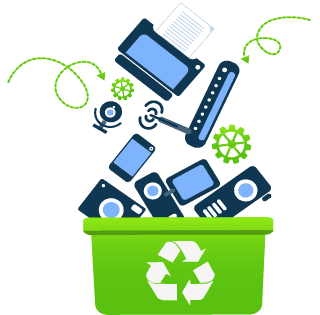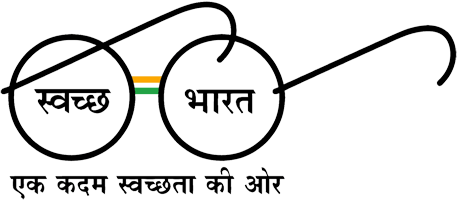What is E-Waste?
India ranks 177 amongst 180 countries and is amongst the bottom five countries on the Environmental Performance Index 2018, as per a report released at the World Economic Forum 2018. This was linked to poor performance in the environment health policy and deaths due to air pollution categories. Also, India is ranked fifth in the world amongst top e-waste producing countries after the USA, China, Japan, and Germany and recycles less than 2 per cent of the total e-waste it produces annually formally. Since 2018, India generates more than two million tonnes of e-waste annually, and also imports huge amounts of e-waste from other countries around the world. Dumping in open dumpsites is a common sight which gives rise to issues such as groundwater contamination, poor health, and more. The Associated Chambers of Commerce and Industry of India (ASSOCHAM) and KPMG study, Electronic Waste Management in India identified that computer equipment account for almost 70 per cent of e-waste, followed by telecommunication equipment phones (12 per cent), electrical equipment (8 per cent), and medical equipment (7 per cent) with remaining from household e-waste.

E-waste collection, transportation, processing, and recycling is dominated by the informal sector. Often, all the materials and value that could be potentially recovered is not recovered. In addition, there are serious issues regarding leakages of toxins into the environment and workers’ safety and health.
Seelampur in Delhi is the largest e-waste dismantling centre of India. Adults as well as children spend 8–10 hours daily extracting reusable components and precious metals like copper, gold and various functional parts from the devices. E-waste recyclers use processes such as open incineration and acid-leeching. This situation could be improved by creating awareness and improving the infrastructure of recycling units along with the prevalent policies. The majority of the e-waste collected in India is managed by an unorganized sector. Also, informal channels of recycling/reuse of electronics such as repair shops, used product dealers, e-commerce portal vendors collect a significant proportion of the discarded electronics for reuse and cannibalization of parts and components.



